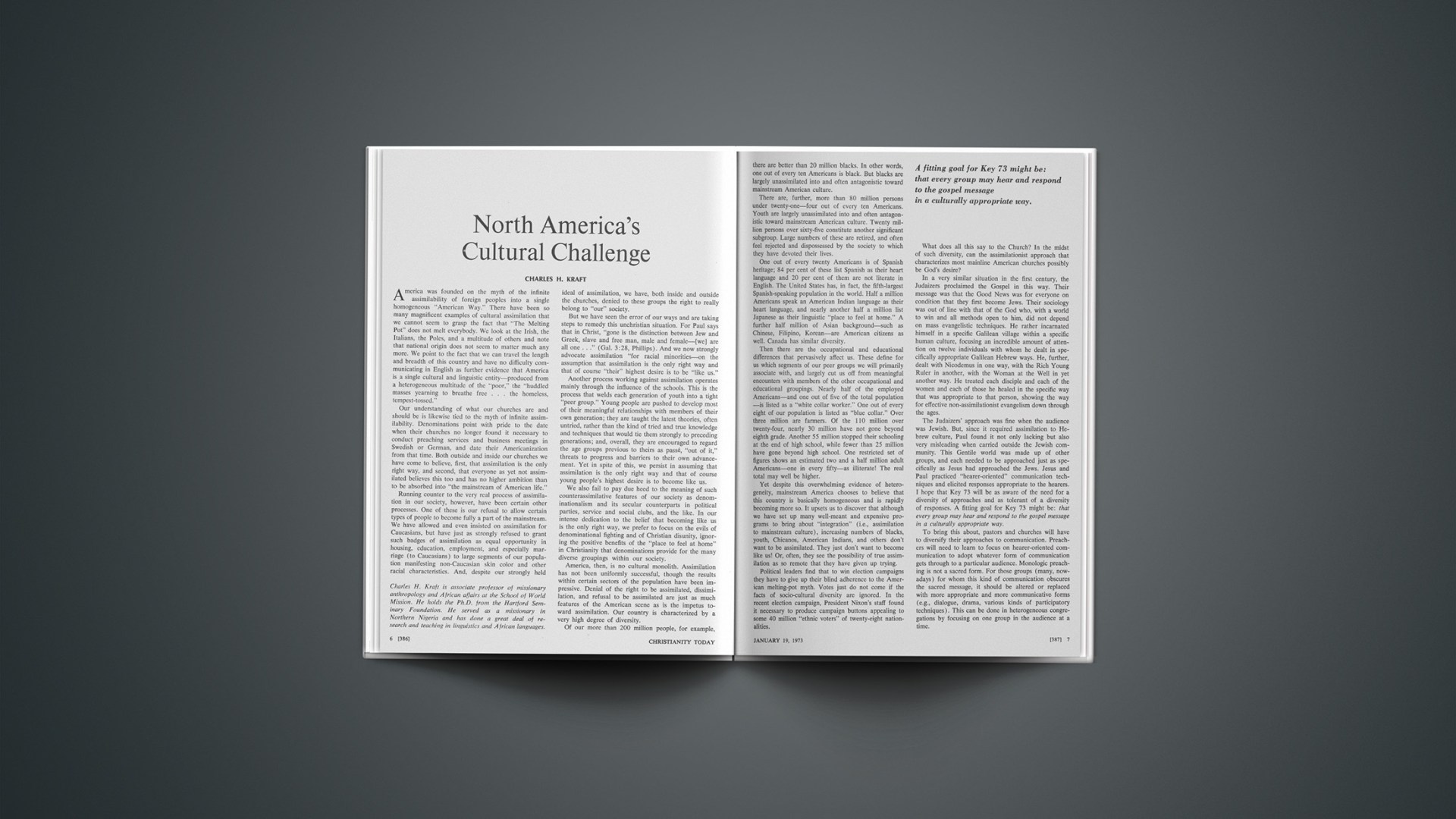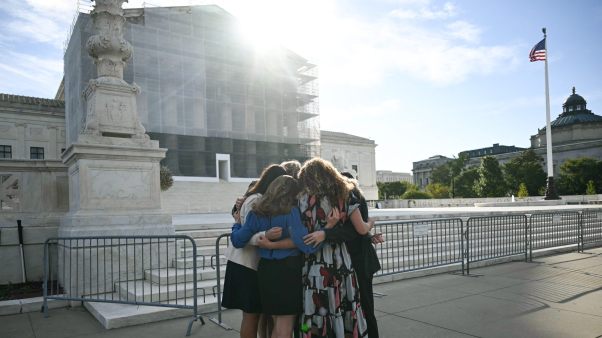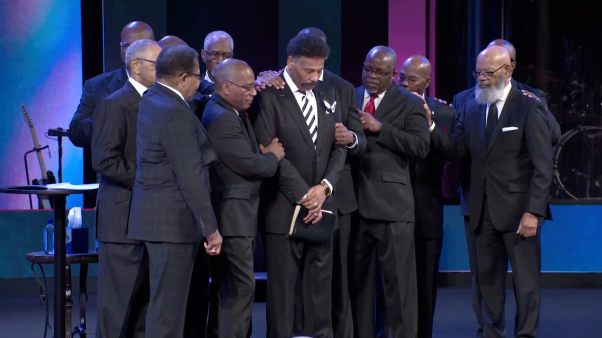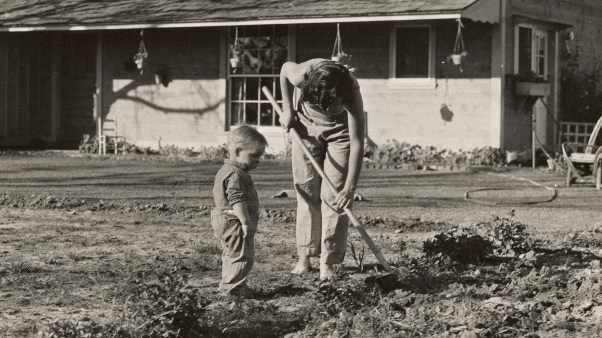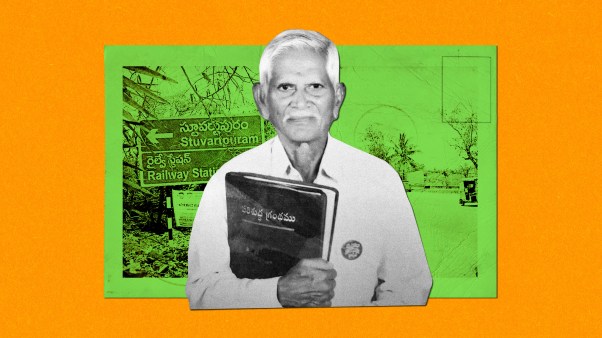America was founded on the myth of the infinite assimilability of foreign peoples into a single homogeneous “American Way.” There have been so many magnificent examples of cultural assimilation that we cannot seem to grasp the fact that “The Melting Pot” does not melt everybody. We look at the Irish, the Italians, the Poles, and a multitude of others and note that national origin does not seem to matter much any more. We point to the fact that we can travel the length and breadth of this country and have no difficulty communicating in English as further evidence that America is a single cultural and linguistic entity—produced from a heterogeneous multitude of the “poor,” the “huddled masses yearning to breathe free … the homeless, tempest-tossed.”
Our understanding of what our churches are and should be is likewise tied to the myth of infinite assimilability. Denominations point with pride to the date when their churches no longer found it necessary to conduct preaching services and business meetings in Swedish or German, and date their Americanization from that time. Both outside and inside our churches we have come to believe, first, that assimilation is the only right way, and second, that everyone as yet not assimilated believes this too and has no higher ambition than to be absorbed into “the mainstream of American life.”
Running counter to the very real process of assimilation in our society, however, have been certain other processes. One of these is our refusal to allow certain types of people to become fully a part of the mainstream. We have allowed and even insisted on assimilation for Caucasians, but have just as strongly refused to grant such badges of assimilation as equal opportunity in housing, education, employment, and especially marriage (to Caucasians) to large segments of our population manifesting non-Caucasian skin color and other racial characteristics. And, despite our strongly held ideal of assimilation, we have, both inside and outside the churches, denied to these groups the right to really belong to “our” society.
But we have seen the error of our ways and are taking steps to remedy this unchristian situation. For Paul says that in Christ, “gone is the distinction between Jew and Greek, slave and free man, male and female—[we] are all one …” (Gal. 3:28, Phillips). And we now strongly advocate assimilation “for racial minorities—on the assumption that assimilation is the only right way and that of course “their” highest desire is to be “like us.”
Another process working against assimilation operates mainly through the influence of the schools. This is the process that welds each generation of youth into a tight “peer group.” Young people are pushed to develop most of their meaningful relationships with members of their own generation; they are taught the latest theories, often untried, rather than the kind of tried and true knowledge and techniques that would tie them strongly to preceding generations; and, overall, they are encouraged to regard the age groups previous to theirs as passé, “out of it,” threats to progress and barriers to their own advancement. Yet in spite of this, we persist in assuming that assimilation is the only right way and that of course young people’s highest desire is to become like us.
We also fail to pay due heed to the meaning of such counterassimilative features of our society as denominationalism and its secular counterparts in political parties, service and social clubs, and the like. In our intense dedication to the belief that becoming like us is the only right way, we prefer to focus on the evils of denominational fighting and of Christian disunity, ignoring the positive benefits of the “place to feel at home” in Christianity that denominations provide for the many diverse groupings within our society.
America, then, is no cultural monolith. Assimilation has not been uniformly successful, though the results within certain sectors of the population have been impressive. Denial of the right to be assimilated, dissimilation, and refusal to be assimilated are just as much features of the American scene as is the impetus toward assimilation. Our country is characterized by a very high degree of diversity.
Of our more than 200 million people, for example, there are better than 20 million blacks. In other words, one out of every ten Americans is black. But blacks are largely unassimilated into and often antagonistic toward mainstream American culture.
There are, further, more than 80 million persons under twenty-one—four out of every ten Americans. Youth are largely unassimilated into and often antagonistic toward mainstream American culture. Twenty million persons over sixty-five constitute another significant subgroup. Large numbers of these are retired, and often feel rejected and dispossessed by the society to which they have devoted their lives.
One out of every twenty Americans is of Spanish heritage; 84 per cent of these list Spanish as their heart language and 20 per cent of them are not literate in English. The United States has, in fact, the fifth-largest Spanish-speaking population in the world. Half a million Americans speak an American Indian language as their heart language, and nearly another half a million list Japanese as their linguistic “place to feel at home.” A further half million of Asian background—such as Chinese, Filipino, Korean—are American citizens as well. Canada has similar diversity.
Then there are the occupational and educational differences that pervasively affect us. These define for us which segments of our peer groups we will primarily associate with, and largely cut us off from meaningful encounters with members of the other occupational and educational groupings. Nearly half of the employed Americans—and one out of five of the total population—is listed as a “white collar worker.” One out of every eight of our population is listed as “blue collar.” Over three million are farmers. Of the 110 million over twenty-four, nearly 30 million have not gone beyond eighth grade. Another 55 million stopped their schooling at the end of high school, while fewer than 25 million have gone beyond high school. One restricted set of figures shows an estimated two and a half million adult Americans—one in every fifty—as illiterate! The real total may well be higher.
Yet despite this overwhelming evidence of heterogeneity, mainstream America chooses to believe that this country is basically homogeneous and is rapidly becoming more so. It upsets us to discover that although we have set up many well-meant and expensive programs to bring about “integration” (i.e., assimilation to mainstream culture), increasing numbers of blacks, youth, Chicanos, American Indians, and others don’t want to be assimilated. They just don’t want to become like us! Or, often, they see the possibility of true assimilation as so remote that they have given up trying.
Political leaders find that to win election campaigns they have to give up their blind adherence to the American melting-pot myth. Votes just do not come if the facts of socio-cultural diversity are ignored. In the recent election campaign, President Nixon’s staff found it necessary to produce campaign buttons appealing to some 40 million “ethnic voters” of twenty-eight nationalities.
What does all this say to the Church? In the midst of such diversity, can the assimilationist approach that characterizes most mainline American churches possibly be God’s desire?
In a very similar situation in the first century, the Judaizers proclaimed the Gospel in this way. Their message was that the Good News was for everyone on condition that they first become Jews. Their sociology was out of line with that of the God who, with a world to win and all methods open to him, did not depend on mass evangelistic techniques. He rather incarnated himself in a specific Galilean village within a specific human culture, focusing an incredible amount of attention on twelve individuals with whom he dealt in specifically appropriate Galilean Hebrew ways. He, further, dealt with Nicodemus in one way, with the Rich Young Ruler in another, with the Woman at the Well in yet another way. He treated each disciple and each of the women and each of those he healed in the specific way that was appropriate to that person, showing the way for effective non-assimilationist evangelism down through the ages.
The Judaizers’ approach was fine when the audience was Jewish. But, since it required assimilation to Hebrew culture, Paul found it not only lacking but also very misleading when carried outside the Jewish community. This Gentile world was made up of other groups, and each needed to be approached just as specifically as Jesus had approached the Jews. Jesus and Paul practiced “hearer-oriented” communication techniques and elicited responses appropriate to the hearers. I hope that Key 73 will be as aware of the need for a diversity of approaches and as tolerant of a diversity of responses. A fitting goal for Key 73 might be: that every group may hear and respond to the gospel message in a culturally appropriate way.
To bring this about, pastors and churches will have to diversify their approaches to communication. Preachers will need to learn to focus on hearer-oriented communication to adopt whatever form of communication gets through to a particular audience. Monologic preaching is not a sacred form. For those groups (many, nowadays) for whom this kind of communication obscures the sacred message, it should be altered or replaced with more appropriate and more communicative forms (e.g., dialogue, drama, various kinds of participatory techniques). This can be done in heterogeneous congregations by focusing on one group in the audience at a time.
Many churches, especially larger ones, should provide two or three widely different types of worship and communication services. This cannot be done simply by altering the “preliminaries” before turning the service over to the same old preacher to do the same old thing. In some churches, different persons should minister in the different services; in others, the same person using different approaches may appropriately minister.
Personal and group evangelistic efforts should likewise be varied in accord with the culturally conditioned expectations of the persons and groups approached. Mechanistic “quote-four-verses-and-press-for-a-decision” techniques of “personal” (rather, impersonal) evangelism are not really adequate. Jesus’ approach started with the person or the group, not with the method.
Key 73 can be an exciting and effective vehicle of church growth if it takes diversity seriously and starts where the people are—communicating to each group in its own way and encouraging it to respond in its own way. It can become an instrument of “spiritual imperialism” if it simply seeks to imitate the Judaizers’ approach and make everybody “like us.”
George M. Marsden is associate professor of history at Calvin College, Grand Rapids, Michigan. He has the Ph.D. (Yale University) and has written “The Evangelical Mind and the New School Presbyterian Experience.”

